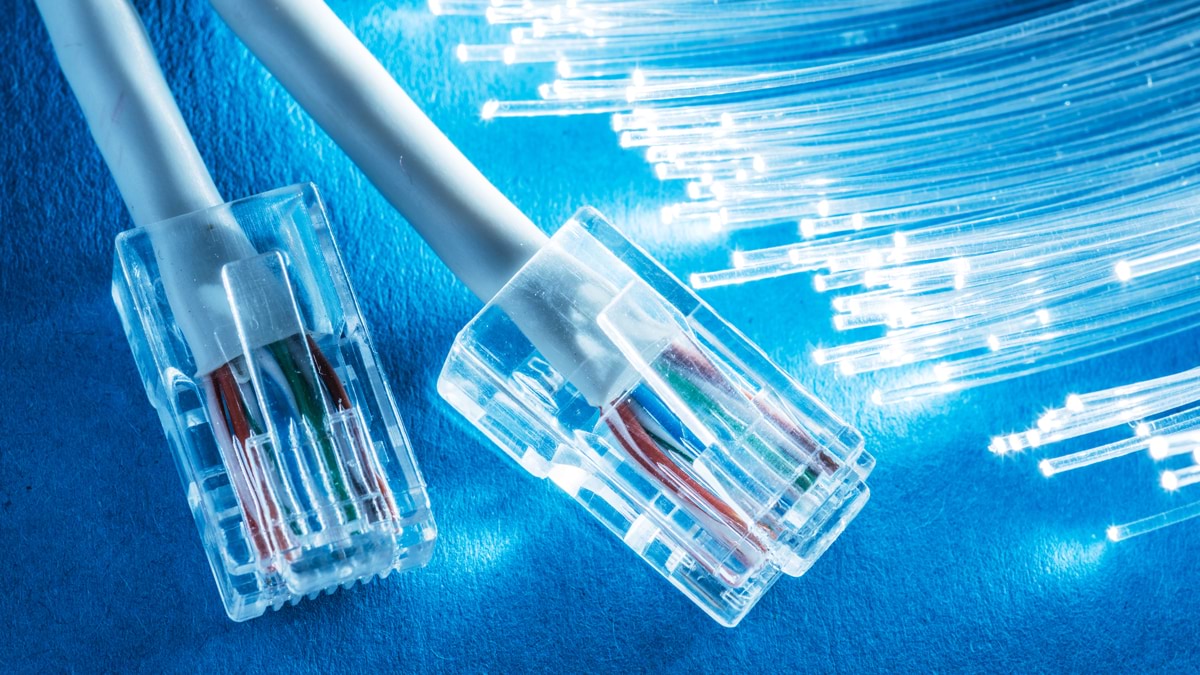
by ainet_admin | Apr 25, 2024 | Fiber Network
Are you ready to upgrade your online experience? If yes, it’s high time to look into internet fiber optics. It is one of the latest technologies in data transfer and communication that brings fast internet speed, superior reliability, and robust security for an...
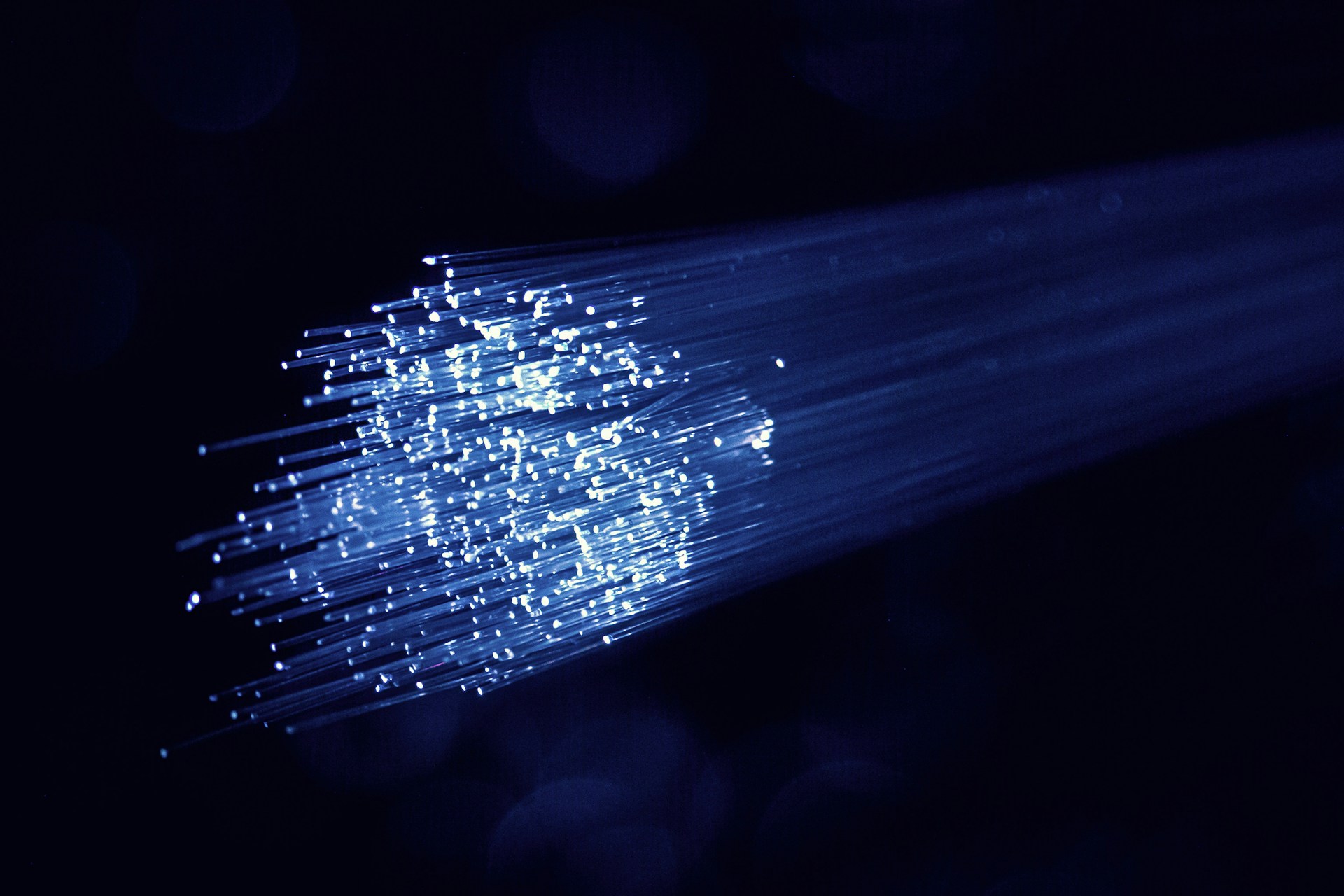
by ainet_admin | Mar 21, 2024 | Fiber Network
The wait is over. The future of lightning-fast internet speeds has arrived, and it’s taking us into a new era of communication and entertainment. We’re talking about fiber optic internet – the latest technology that promises speeds like you’ve never...
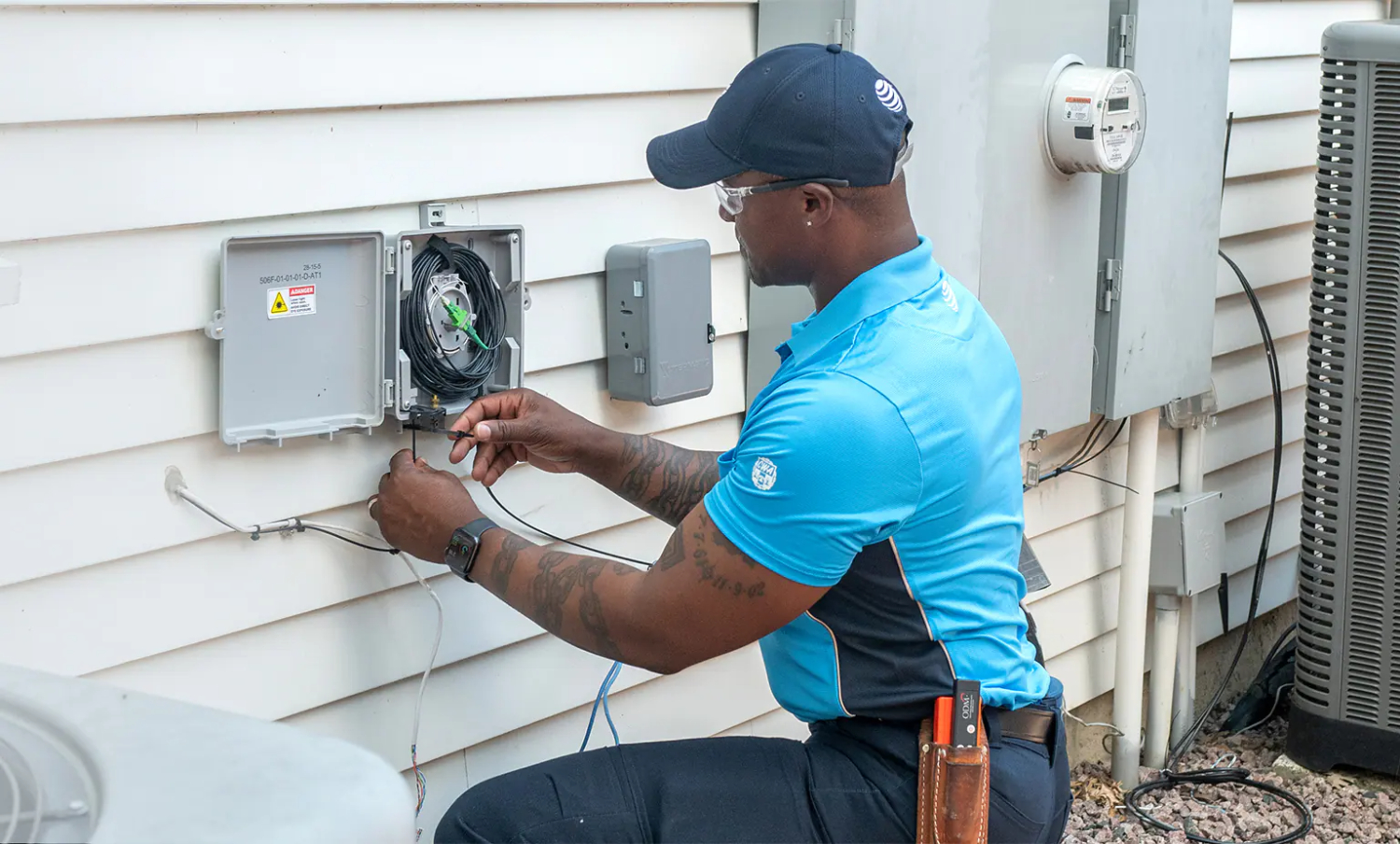
by ainet_admin | Sep 12, 2023 | Fiber Network
When it comes to getting fast internet, fiber optic cables are the way to go. But how does one get their hands on a fiber optic connection? Let’s take a look at what it takes for someone to install a fiber optic line and get connected to the World Wide Web. Step One:...

by ainet_admin | Jul 18, 2023 | Fiber Network
Are you looking to upgrade your internet connection? With all the different options out there, it can be hard to decide which one is right for you. For example, fiber optic internet is becoming increasingly popular due to its high speeds and reliability. But how does...
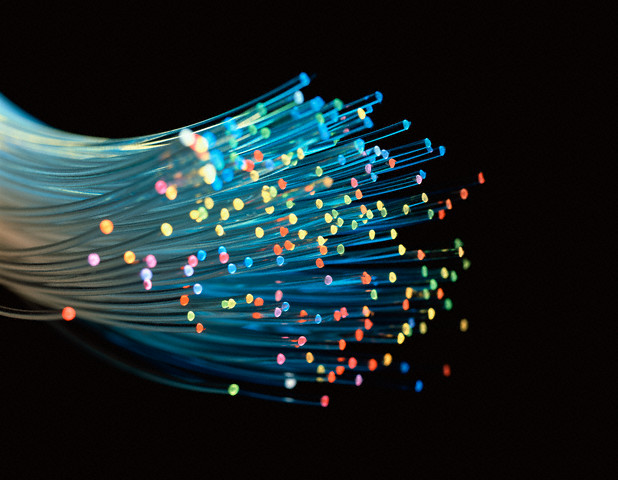
by ainet_admin | Jun 6, 2023 | Fiber Network
When choosing an internet connection, it can be difficult to decide between two popular options: fiber internet vs wifi. Both solutions offer advantages over traditional dial-up connections, but there are differences that can help you decide which is best for your...

by ainet_admin | Jan 24, 2023 | Fiber Network
Fiber optic technology has been around since the 1960s. Recently, it has gained more popularity due to our increasing dependence on the internet. Currently, 43% of US households have access to fiber optic connections. It is more critical for businesses to have fiber...







